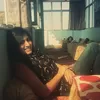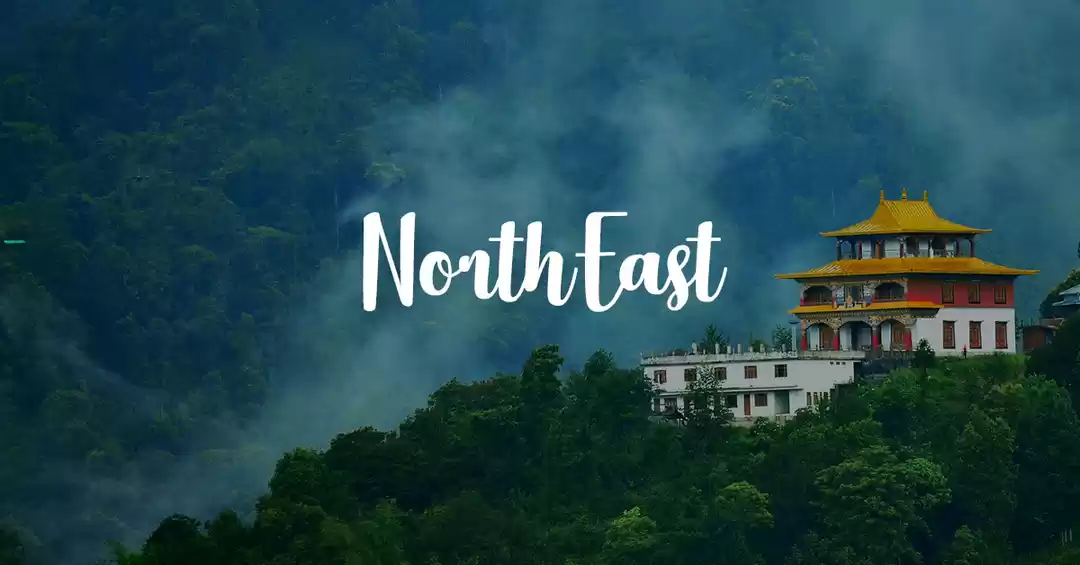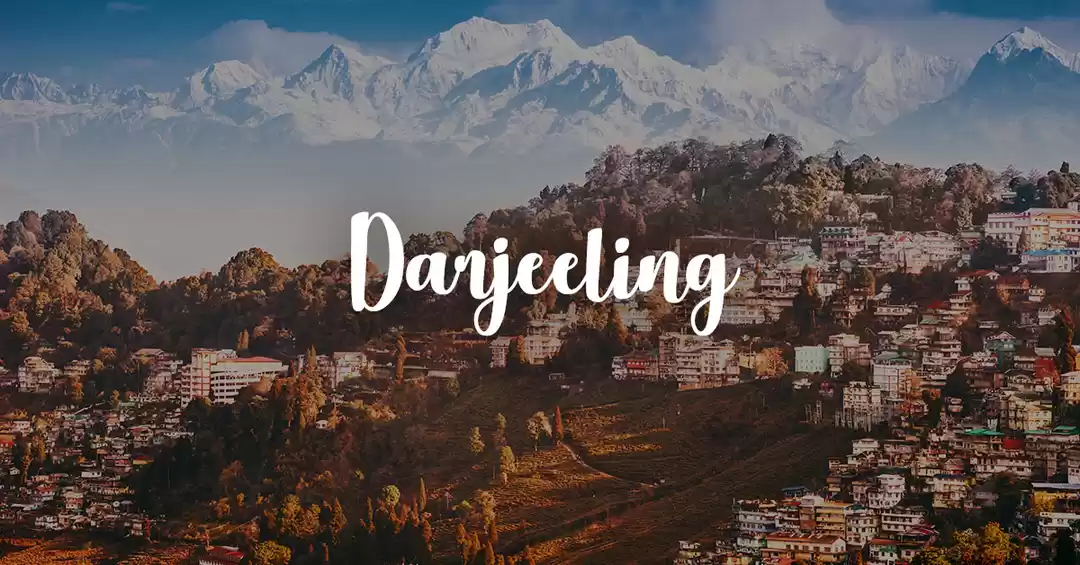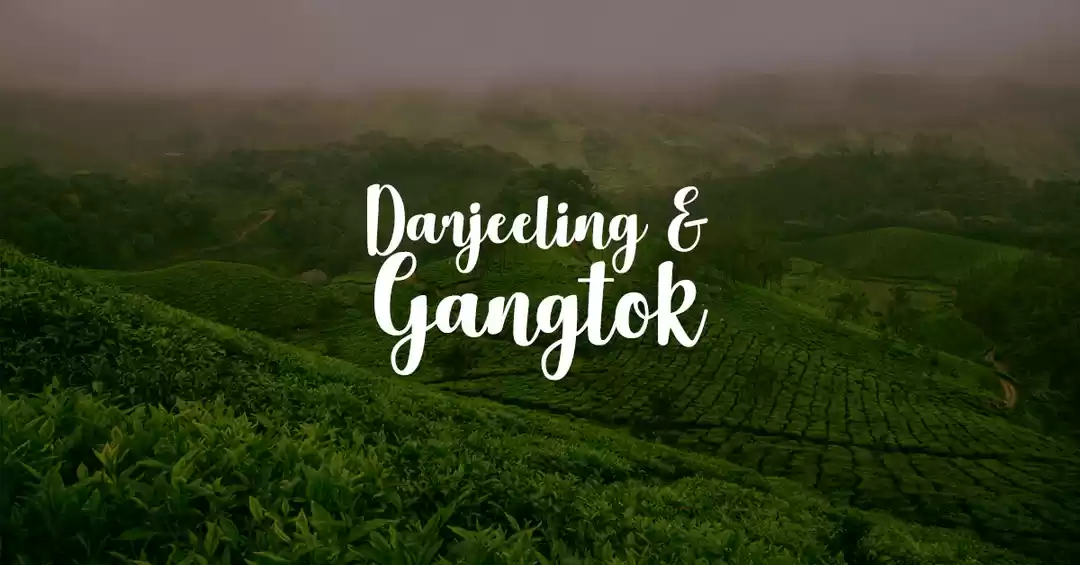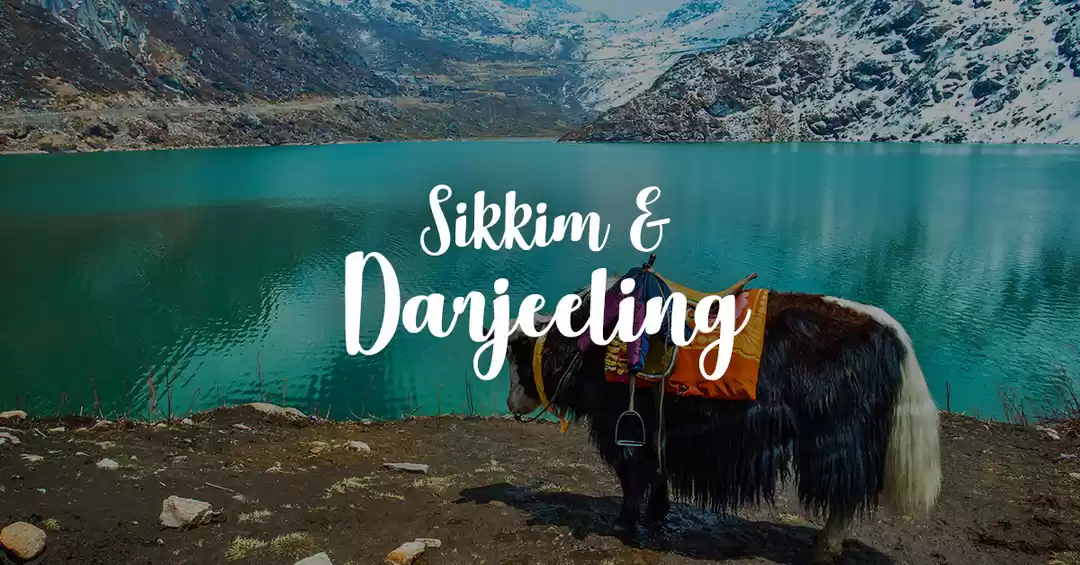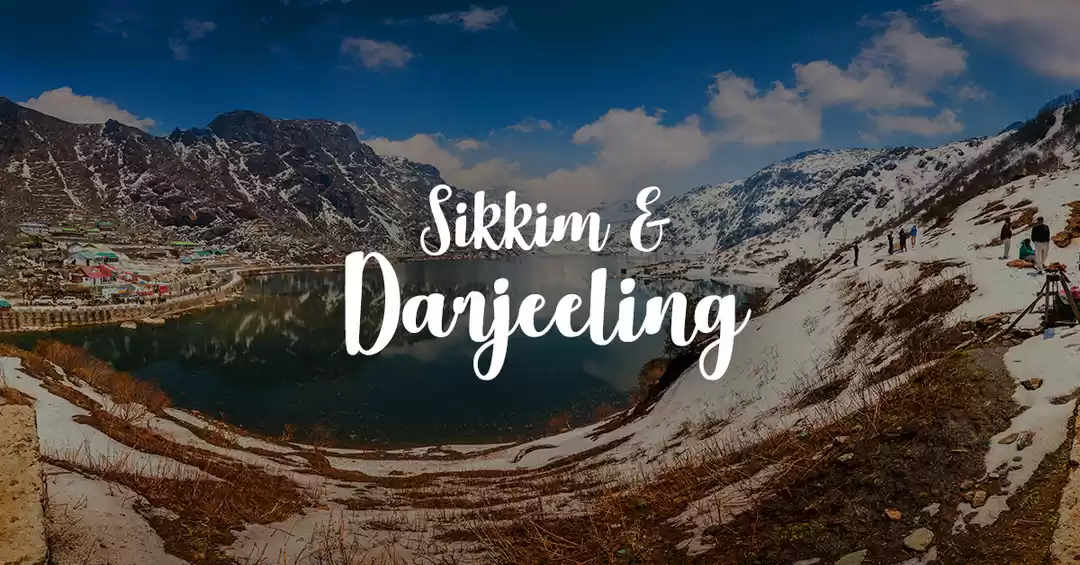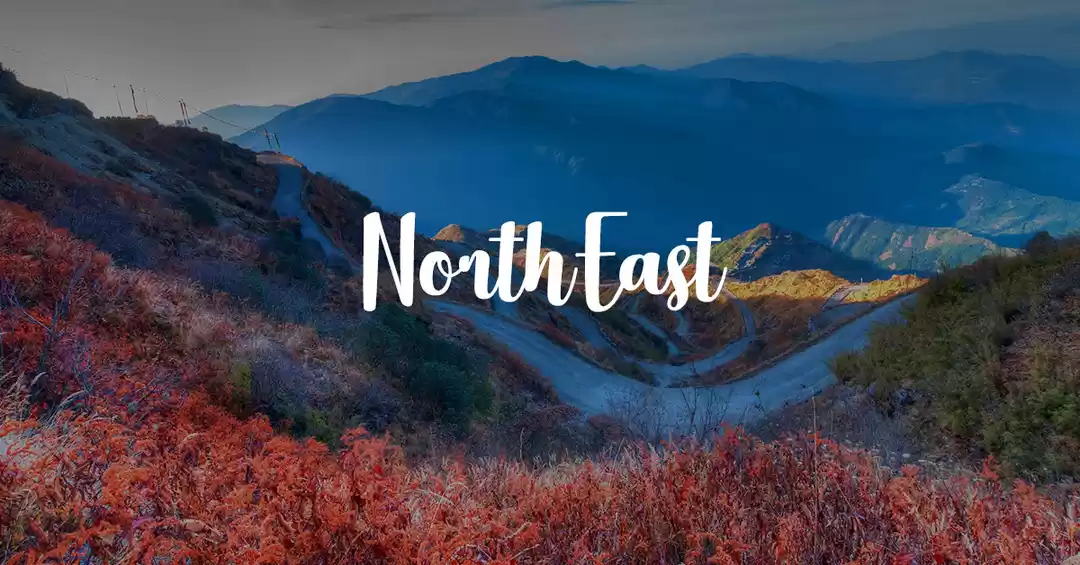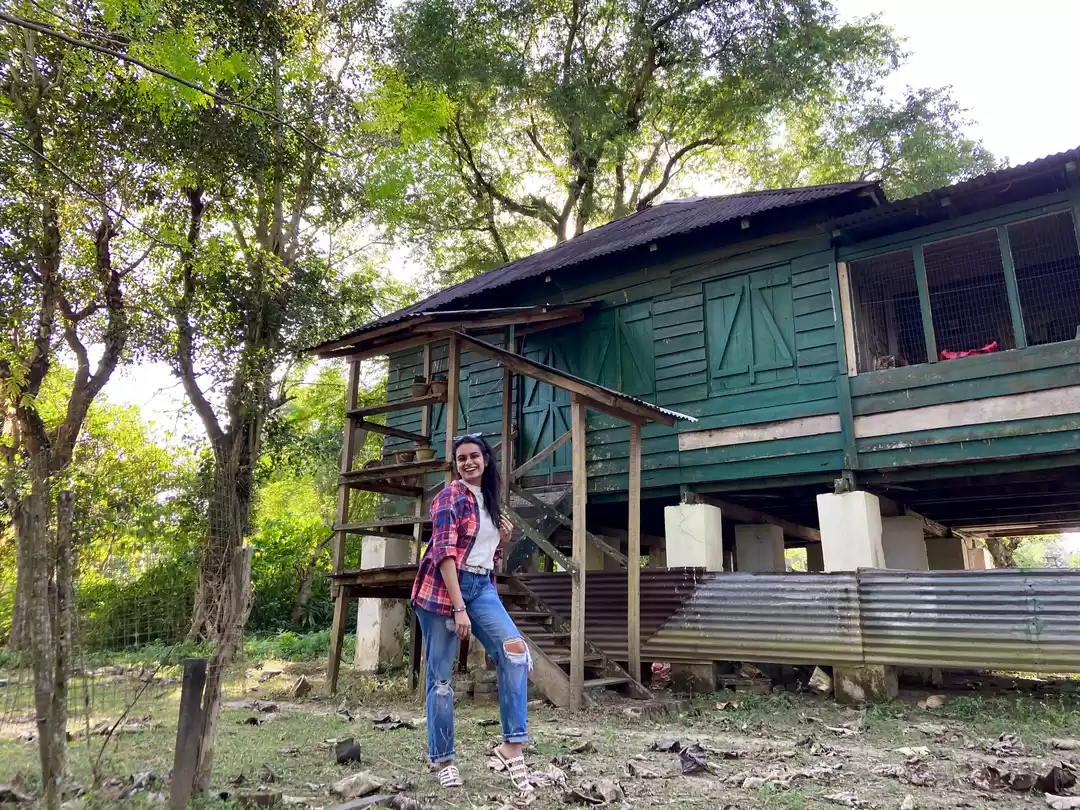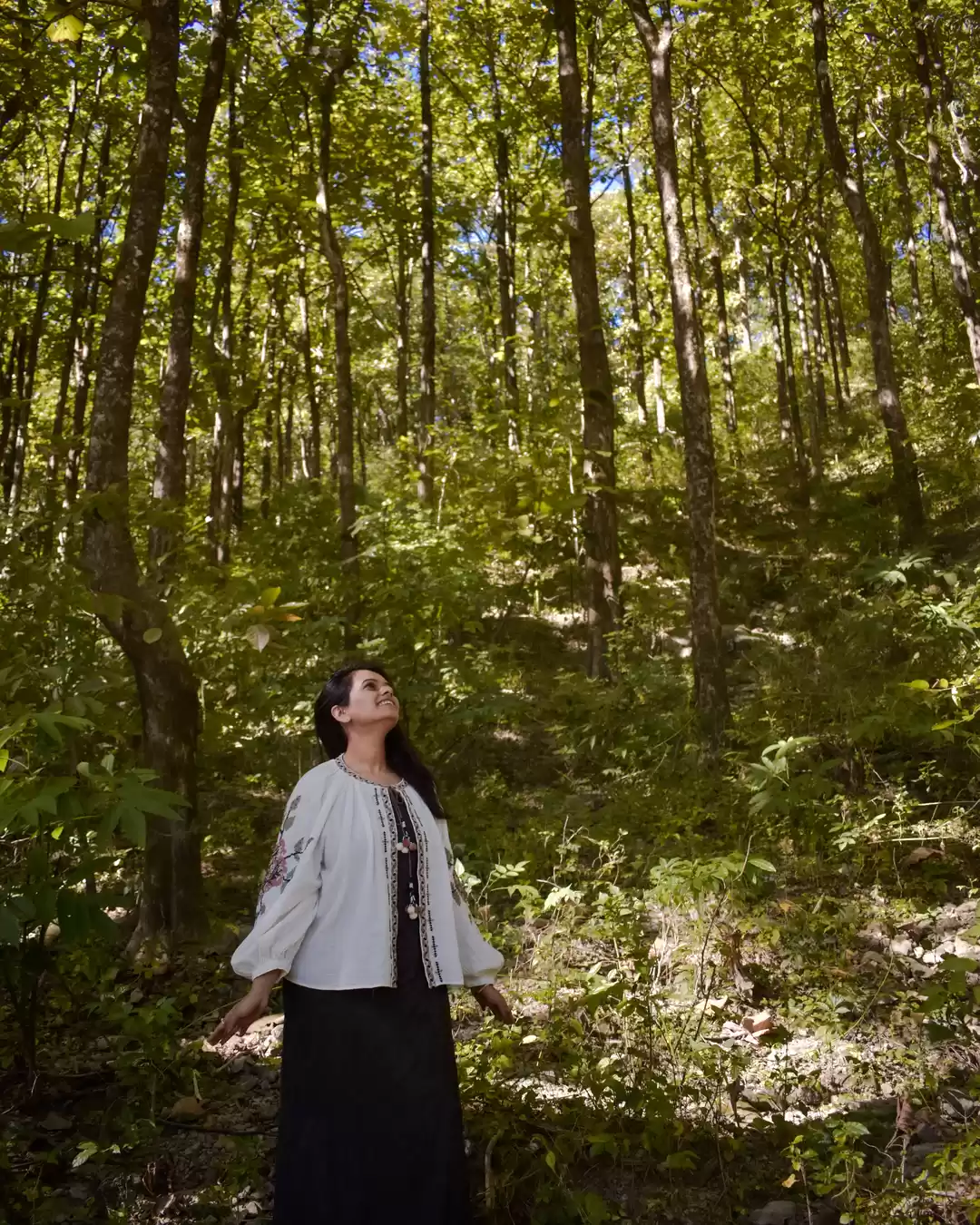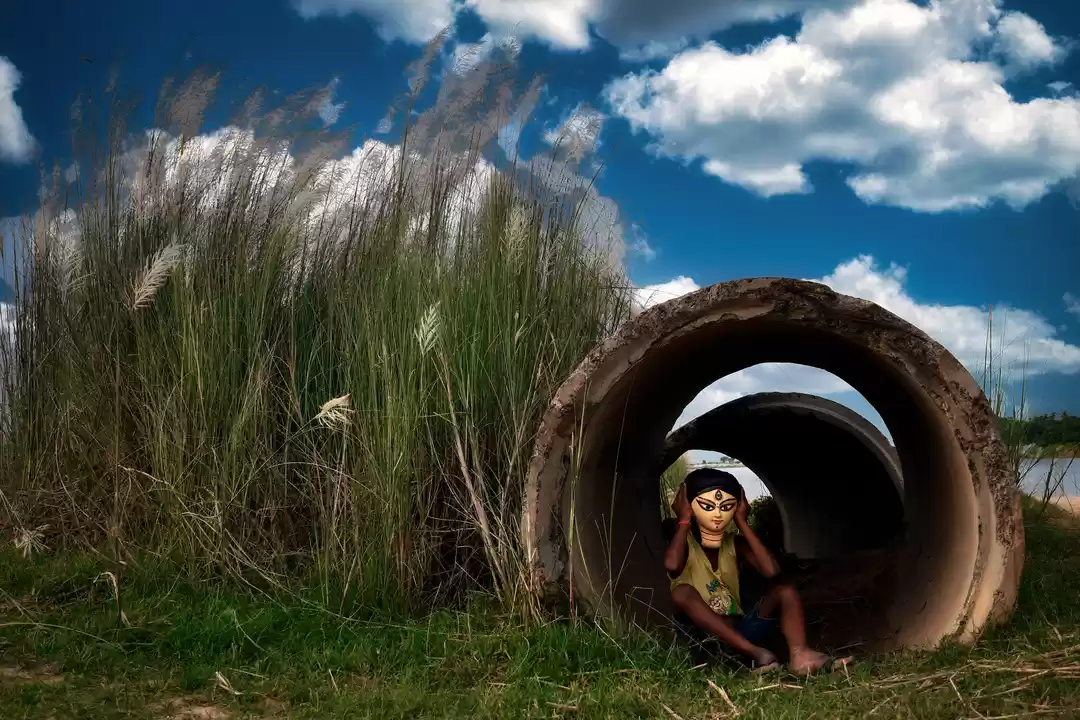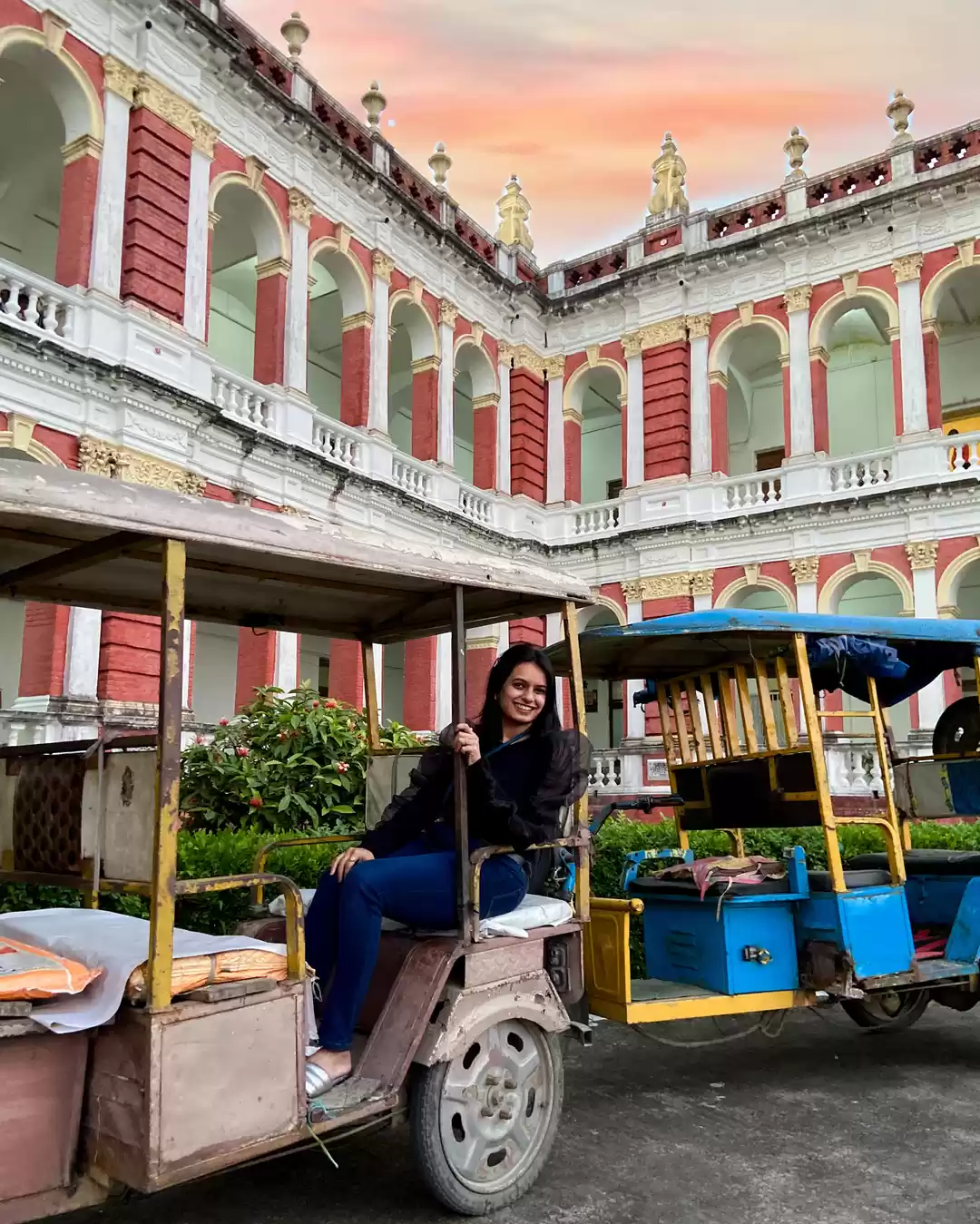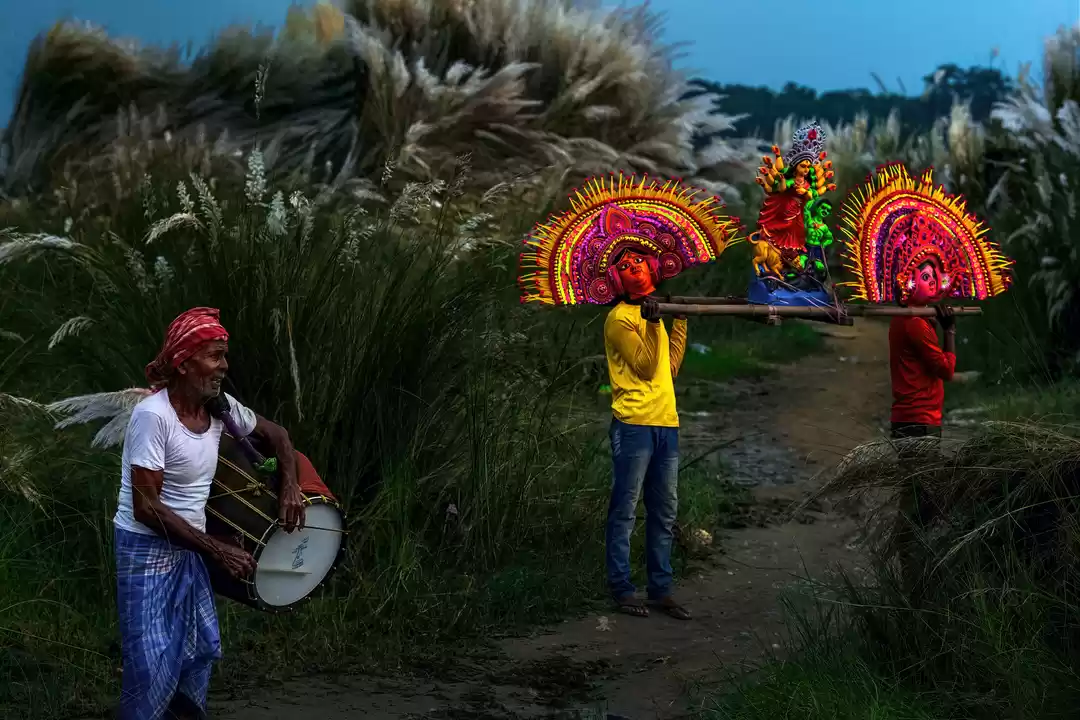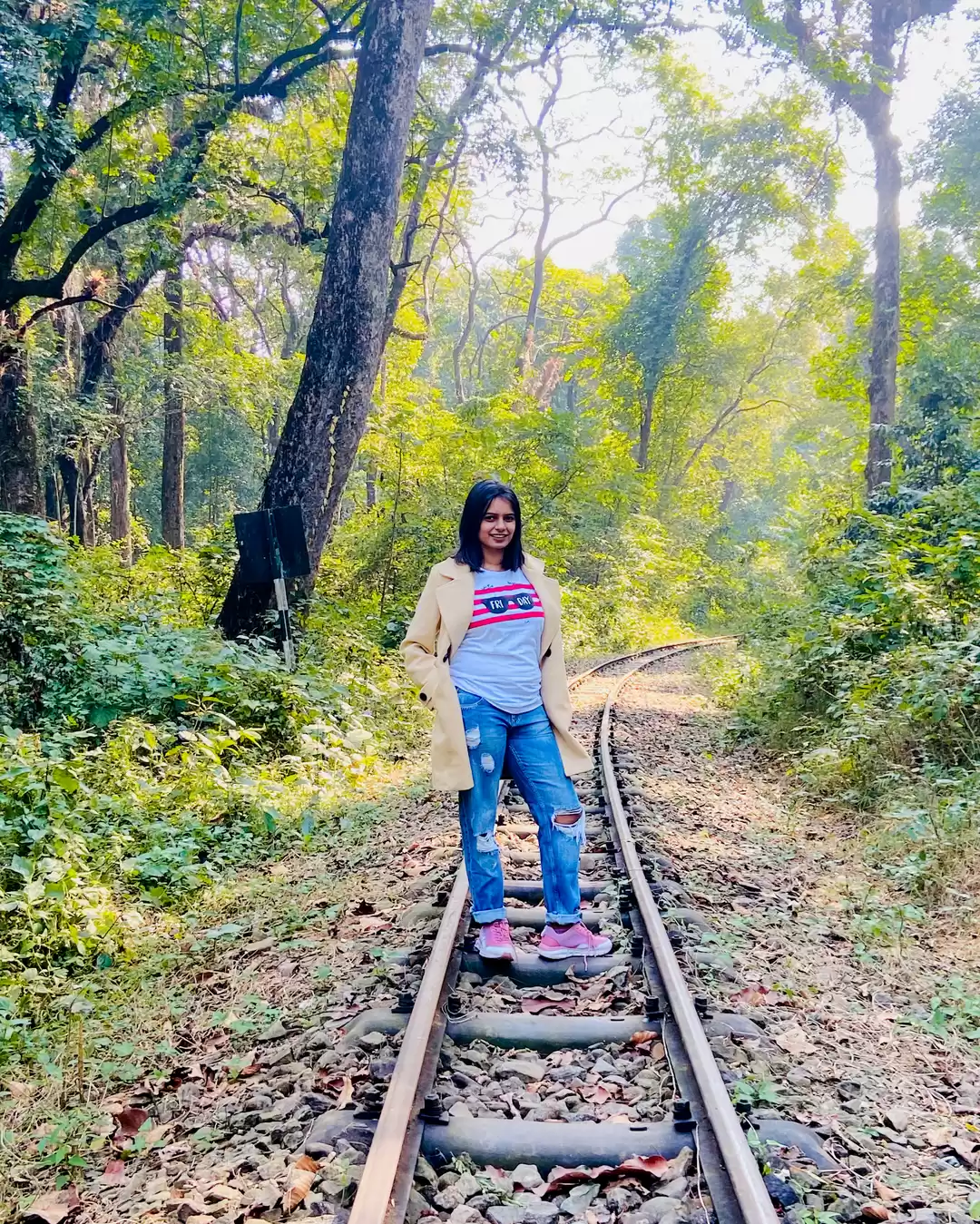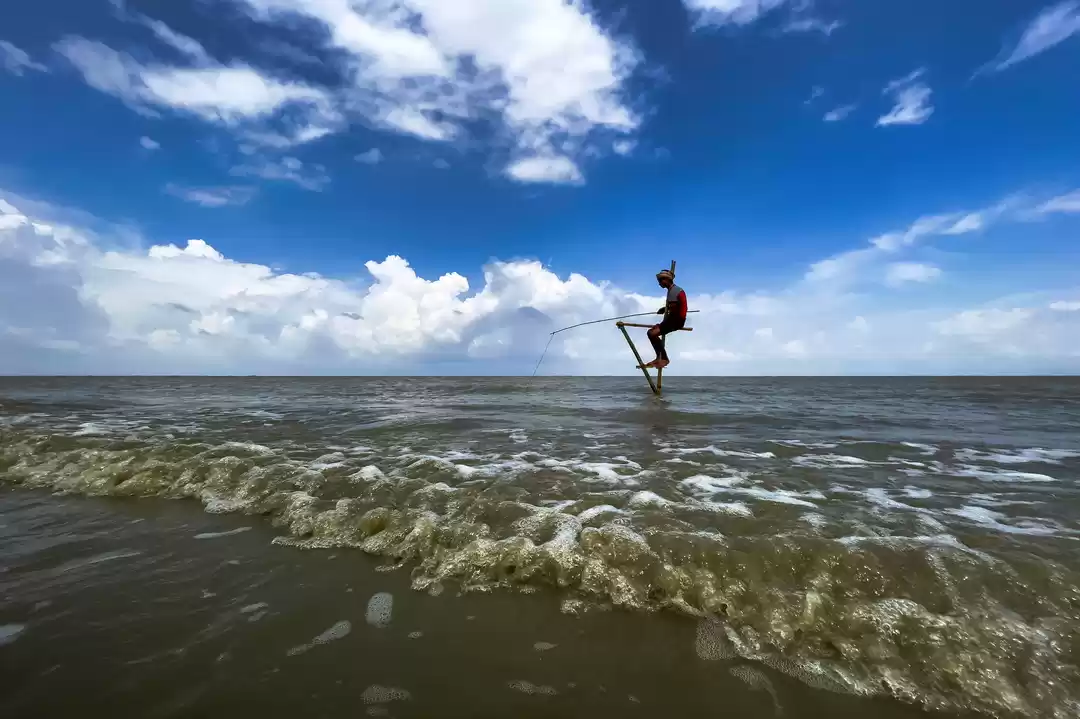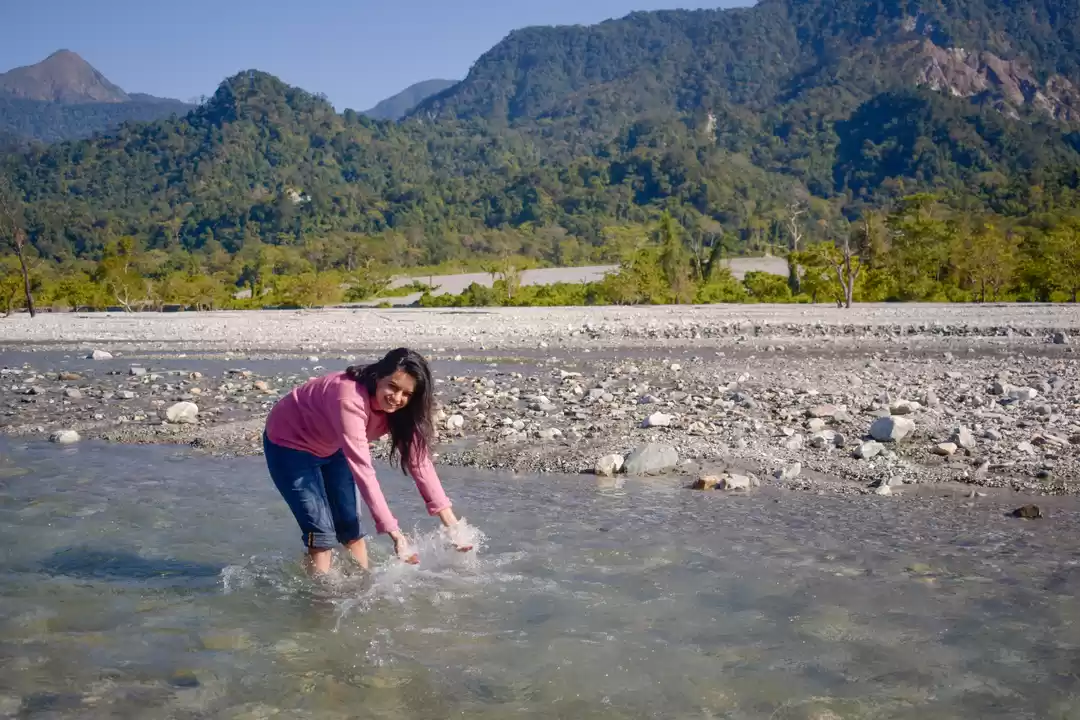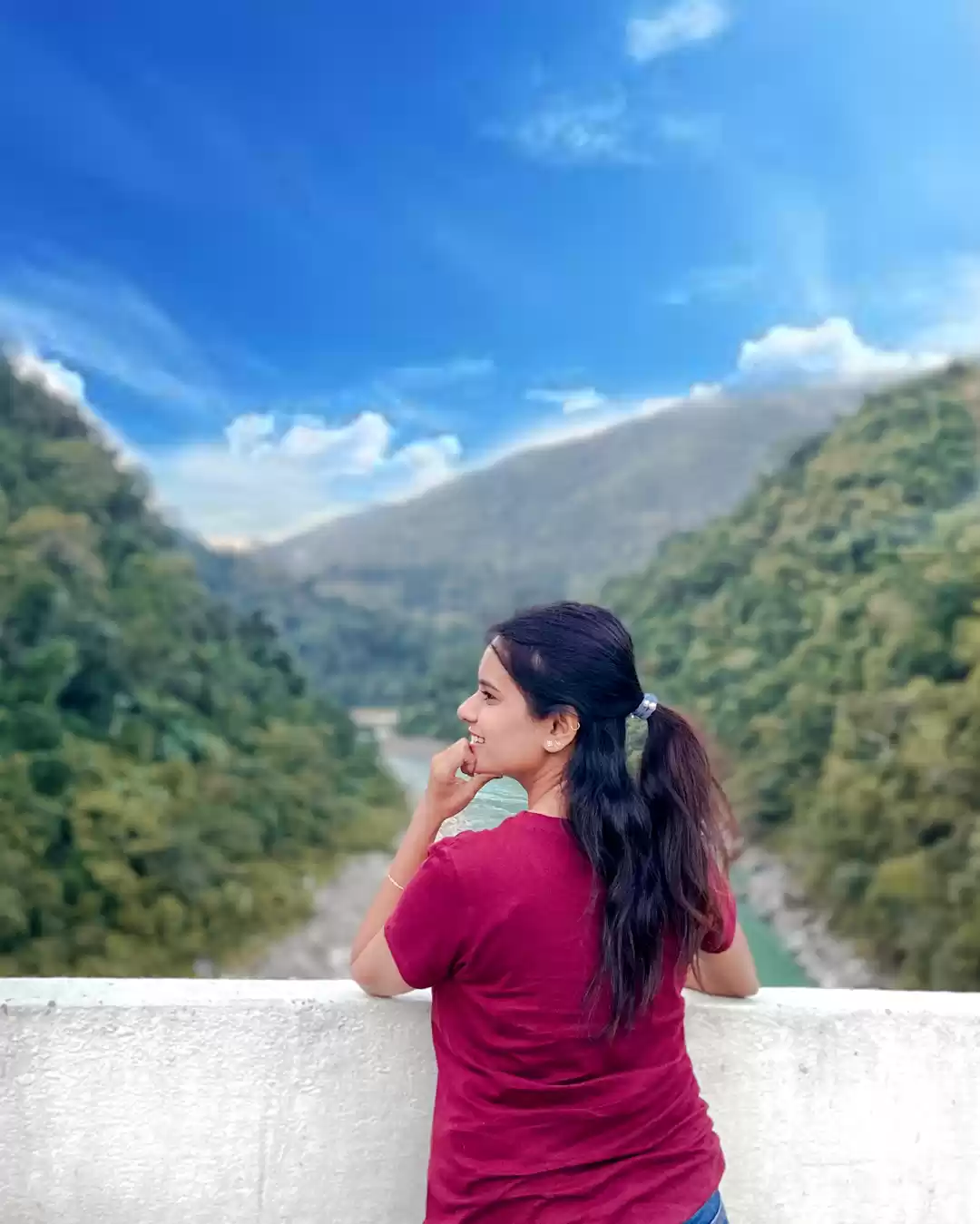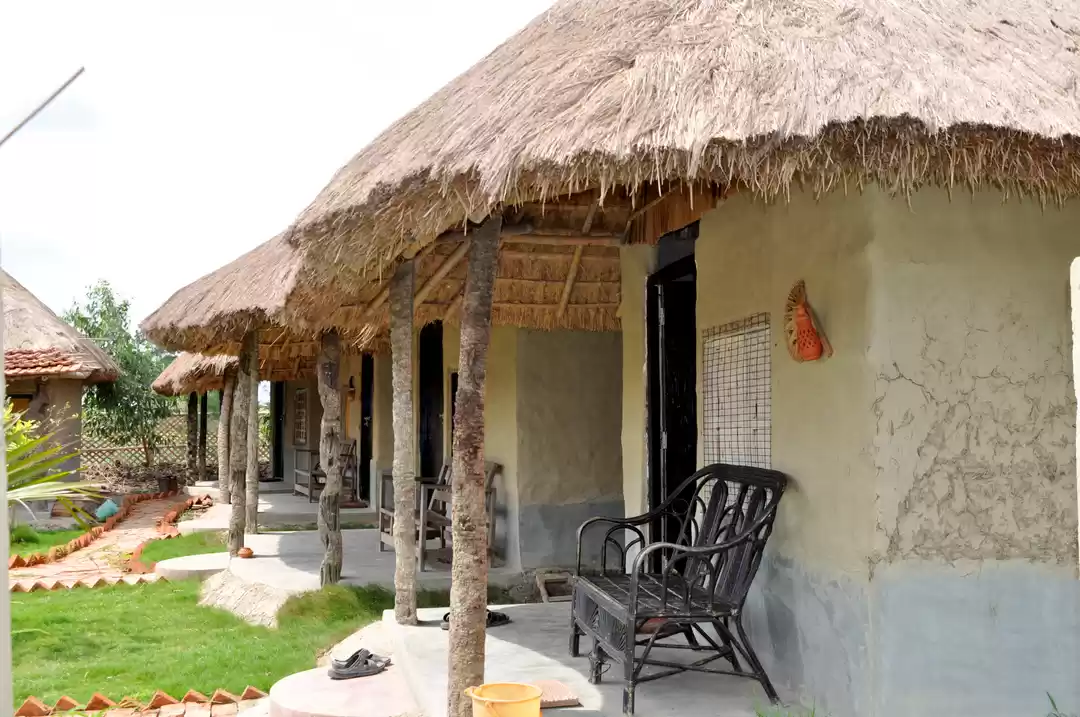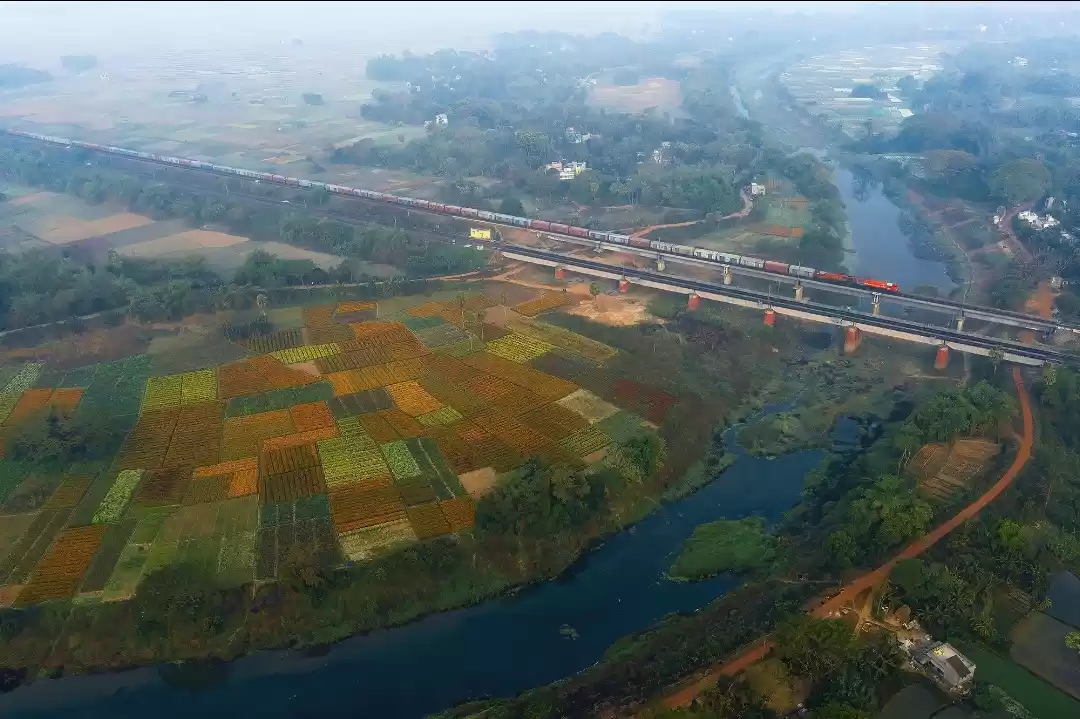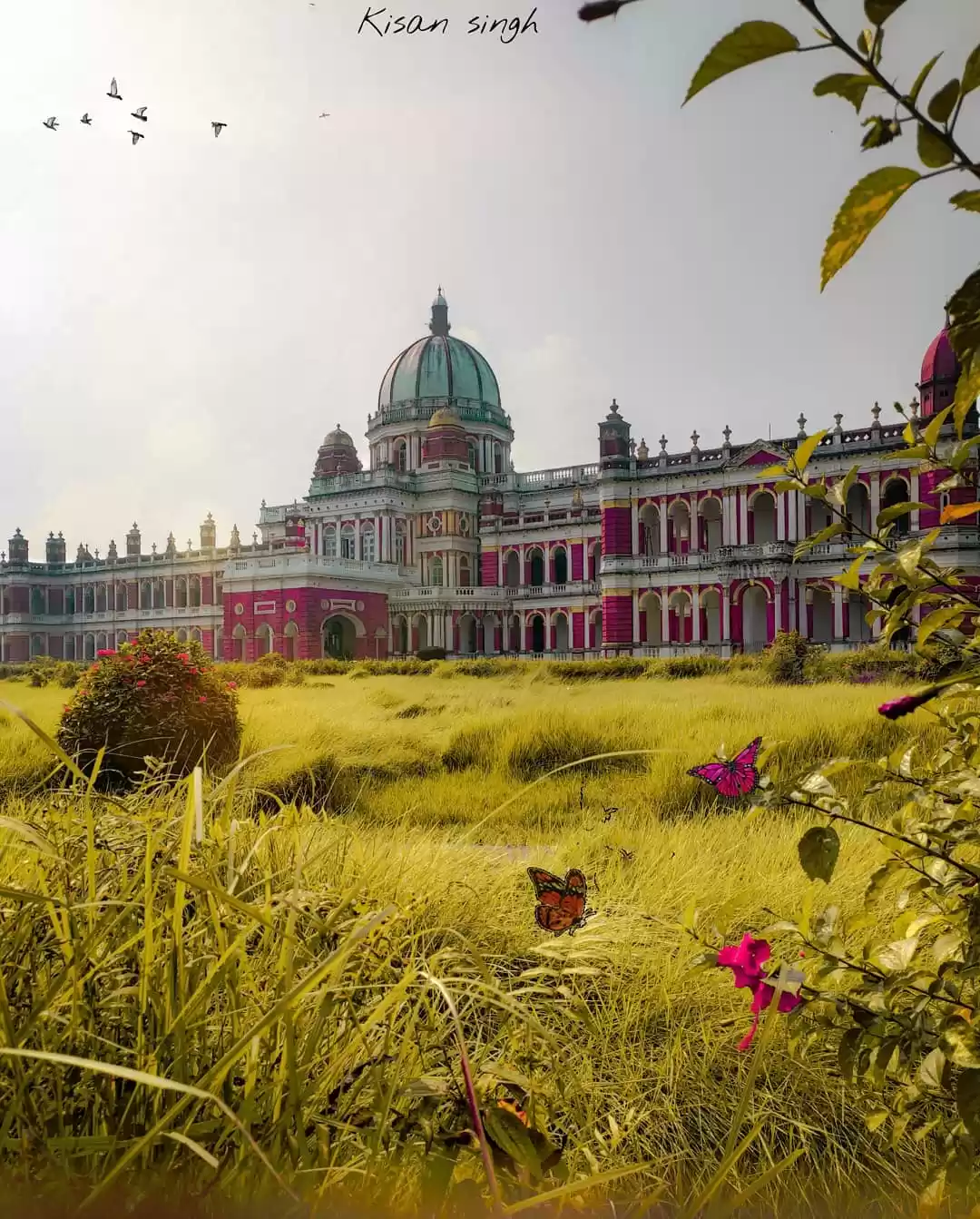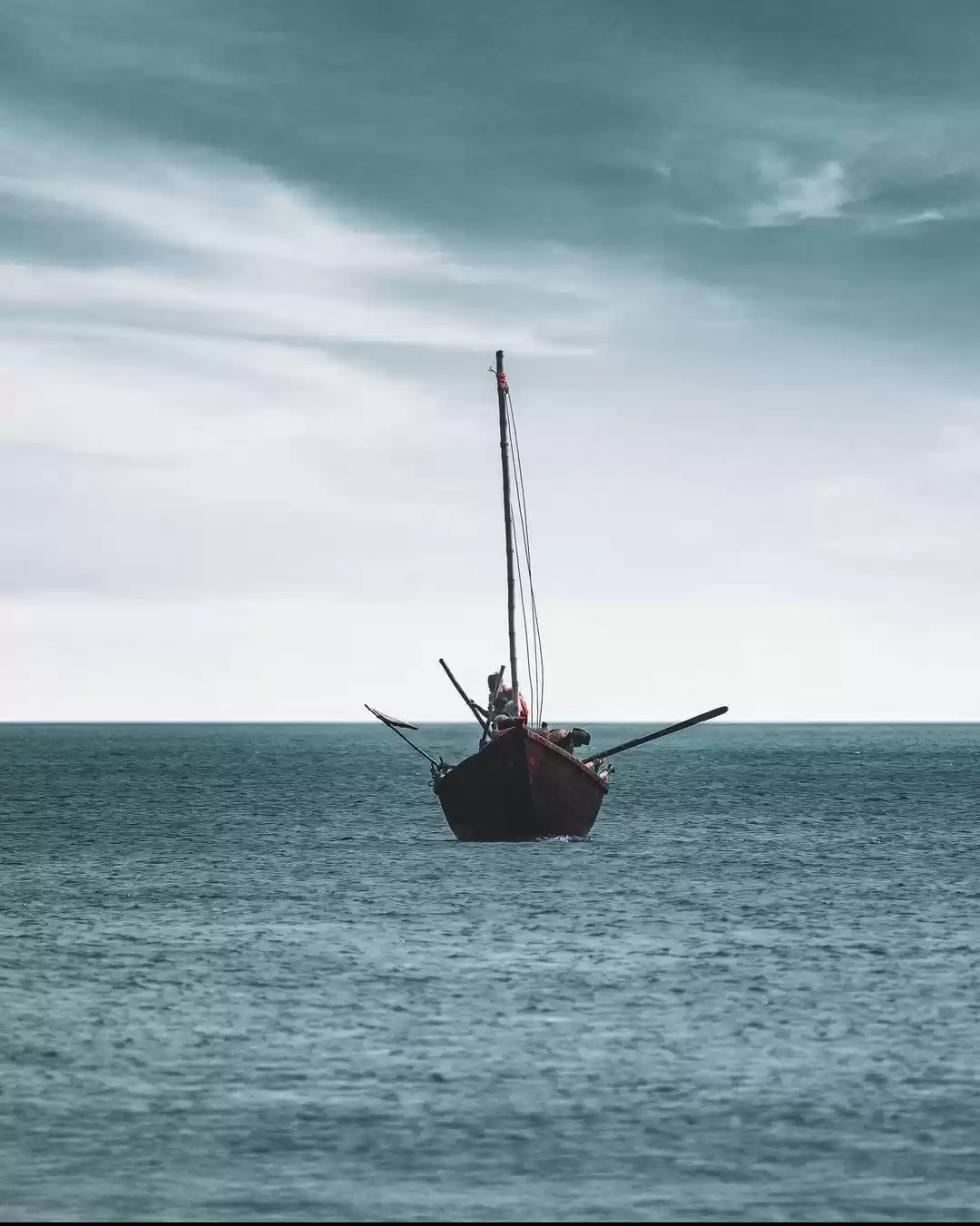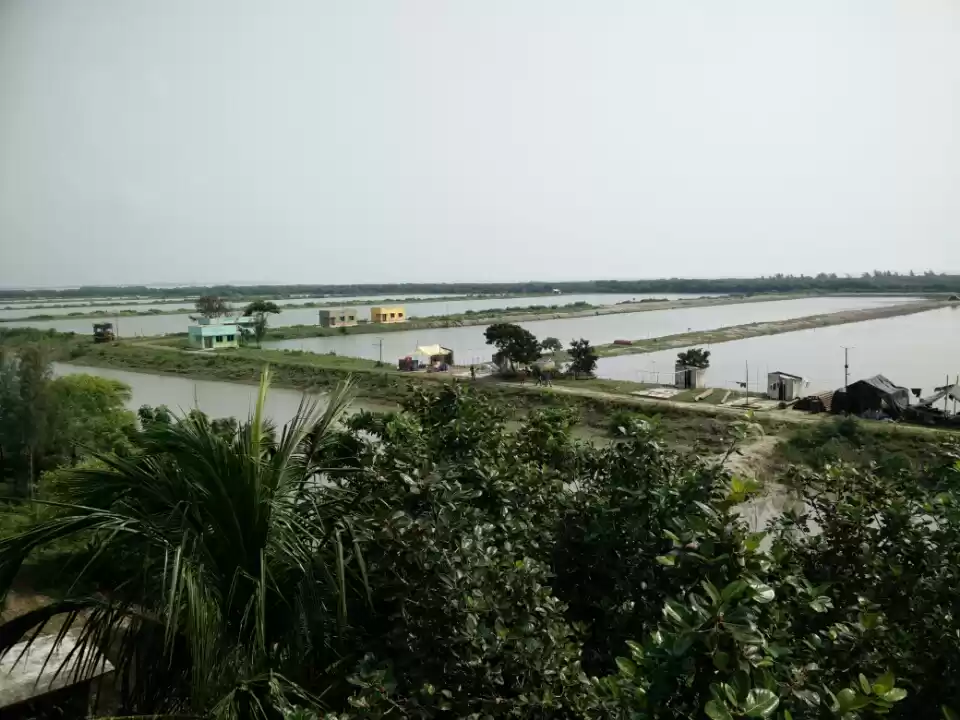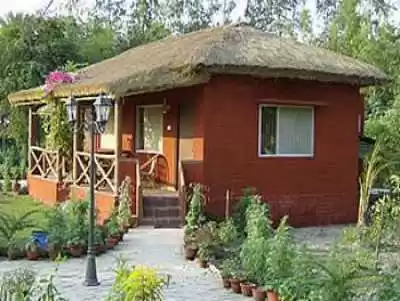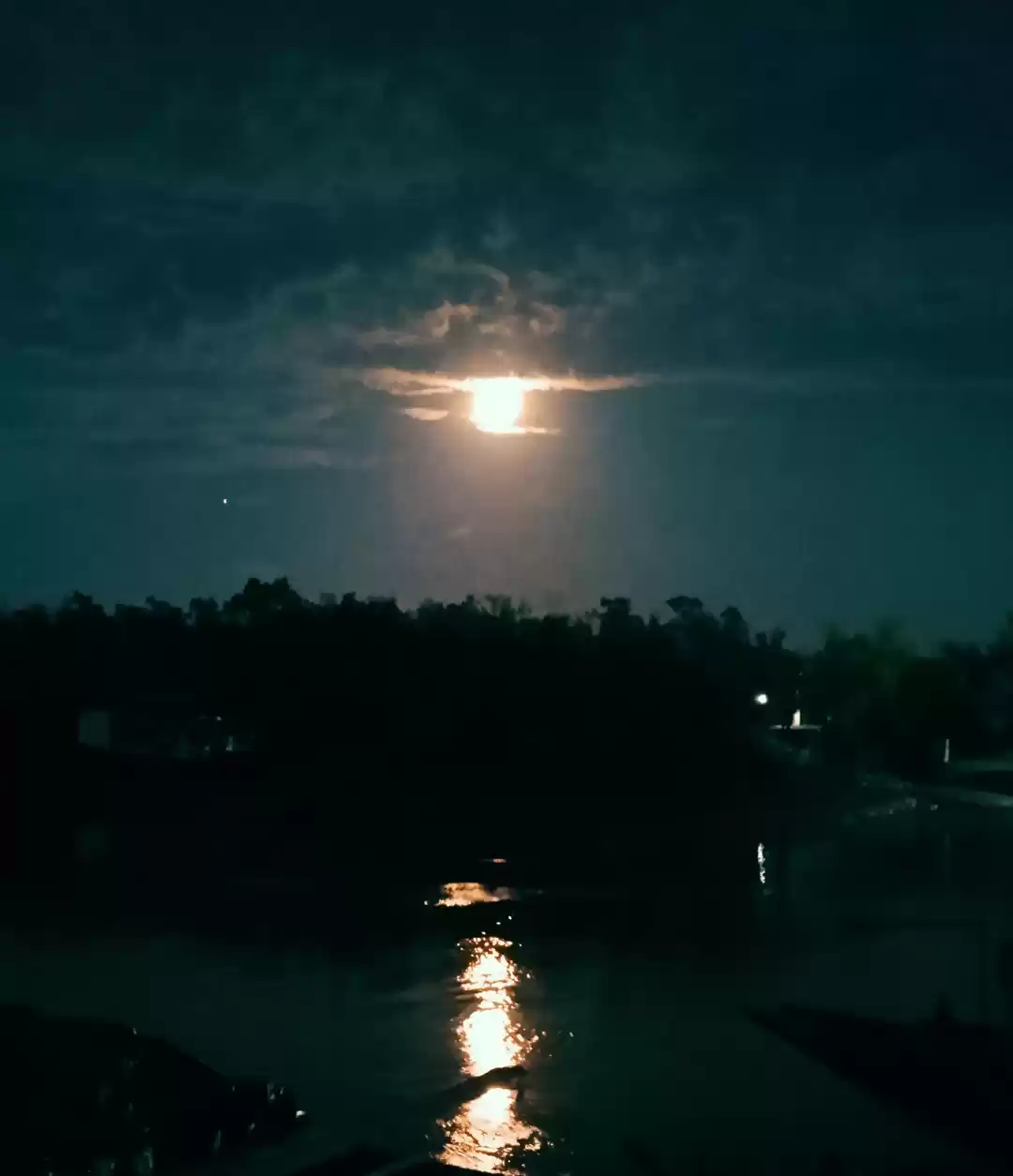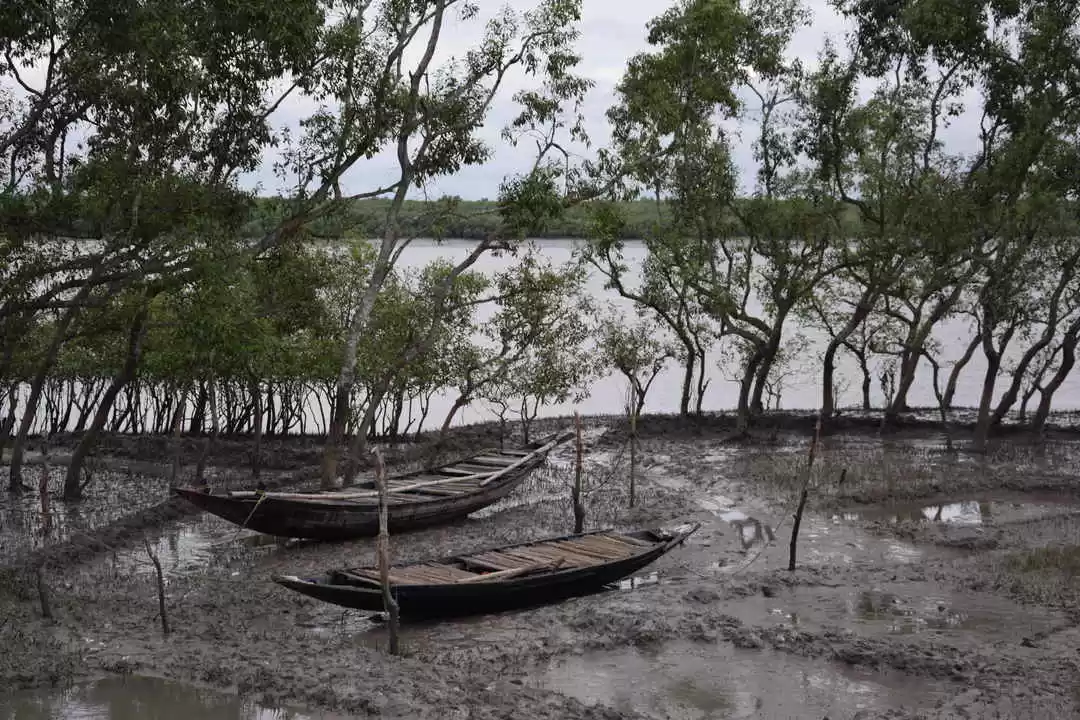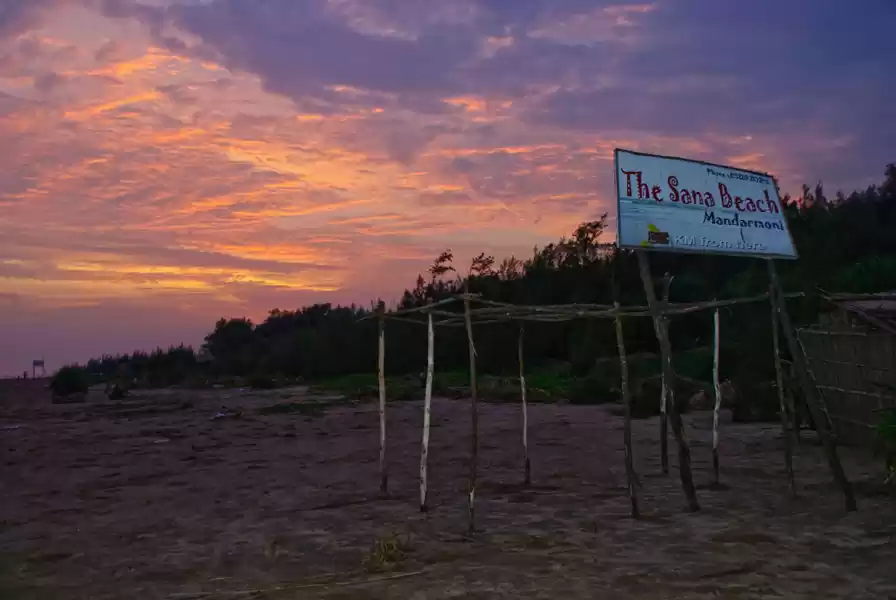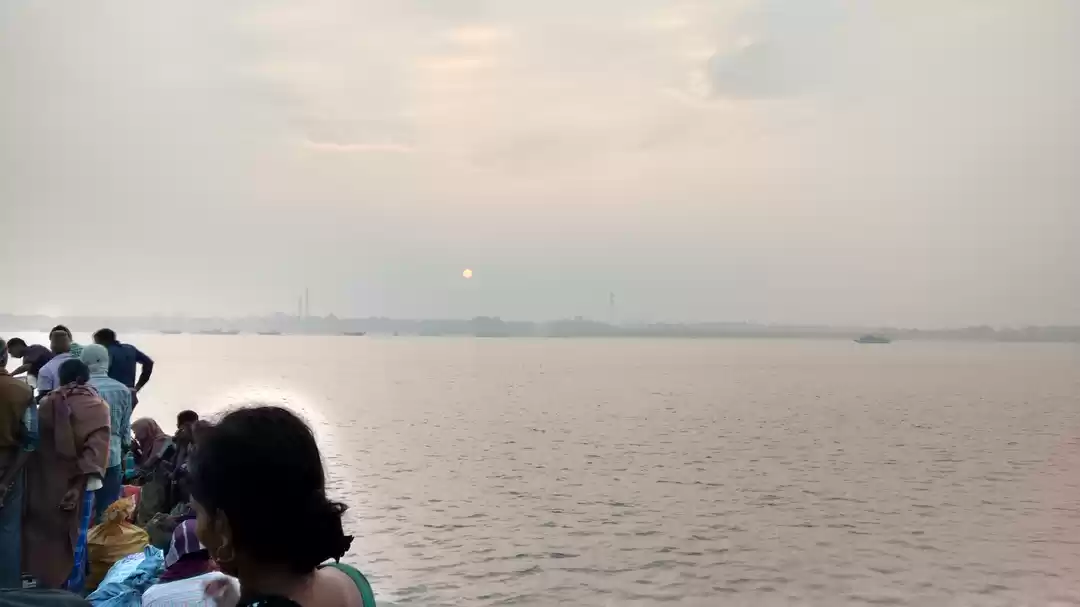








Childhood memories are like an early morning dream, the more you try to remember the more you forget. And the Sundarbans are the dreamiest part of my childhood. A tiger cub, a baked sand paw mark, lots of jungle – the rivers and the sea. Every time I read the Hungry Tide, it’s a mega #TBT for me.
In between the sea and the plains of Bengal, on the easternmost coast of India, lies an immense archipelago of islands. Some of these islands are vast and some no larger than sandbars; some have lasted through recorded history while others have just washed into being. These are the Sundarbans - the beautiful lands. Here there are no borders to divide fresh water from salt, river from sea, even land from water. The tides reach more than two hundred miles inland, and every day thousands of acres of mangrove forest disappear only to re-emerge hours later. For hundreds of years, only the truly dispossessed and the hopeless dreamers of the world have braved the man eaters and the crocodiles who rule there, to eke a precarious existence from the unyielding mud. The settlers of the Sundarbans believe that anyone who dares venture into the vast watery labyrinth without a pure heart, will never return. – The Hungry Tide.
I returned. Twice. *Points at her halo*
This is where I was this summer and I was told it’ll not be a dream at all. The great summer in the Great Northern Plains of India is a pain. Ok. Summer in the humid tropics in general is a pain. I mean the 40+ degrees Celsius summer – not the cheery summer that Instagram and Pinterest popularize.
So when I decided to go to Kolkata and the Sundarbans in early June, I wasn’t sure if it was a good idea. But then when was travel ever a bad idea? So, trusting google forecast that said “the Monsoons will soon hit India from the east”, I bought an umbrella, odomos (a mosquito repellant), some high SPF sunscreen and booked myself on a flight out. The itinerary was simple – life afloat in a boat in the biggest delta / largest mangrove forest / UNESCO world heritage site/ home of the endangered Royal Bengal Tiger, i.e., the Sundarbans.
To cover the basics – once you touch down in Kolkata you can take a taxi or a cupcake colored bus (yes! lemon yellow, powder pink, neon green – you name it they have it!) ride down to either of the two ports – Sajanekhali (4.5 hours by road) if you wish to go to the Sundarbans Tiger Reserve or Bakkhali (3.5 hours by road), if you wish to float around all day and maybe go to Gangasagar. Gangasagar, as the name suggests is where river Ganges merges into the Bay of Bengal, is a Hindu pilgrimage spot which, according to mythology is where every Hindu reaches once their remains are immersed in one of the holy rivers. They say – three dips in the sea at the southern tip of this island and all your sins are washed away. The Gangasagar pilgrimage fair held on the day of Makar Sankranti (Winter Solstice), the day which symbolizes the end of the winter solstice, is the second largest congregation of mankind after the triennial ritual bathing of Kumbha Mela. Also, it’s a really cool beach!
Anyway, coming back to the point - From Bakkhali you can rent out a houseboat or a ferry to take you from island to island and even take a jugaad-ride to visit the forest goddess’ temple in case you have time on your hands. Sajanekhali has a gorgeous tourist lodge from where you can rent a jetty to go into the marshes and hope to catch a glimpse of the Royal Bengal Tiger or a salt water crocodile. I spent 4 days in the Sundarbans and 2 nights in a house boat in the delta. Those mornings I woke up to a blushing sun coming out of the sea; those afternoons I spent feeling the fresh breeze in my hair while spotting Gangetic dolphins, mangroves which look like spider-trees and bird-watching; and those evenings I spent watching the sunset whilst sipping on wine from a straw in the bottle. Yes you can do that here, you are in the jungle for Pete’s sake! Time flies by while you sit there admiring the flora which changes every few kilometers (based on the salinity of the water) and wave at the colorful ships with really jolly fishermen.
There are only three rules here – don’t litter, stay on the boat and keep your binoculars/camera handy. Unluckily, I didn’t see any tigers, probably because they stay too far in the interiors and don’t want creepy human eyes ogling at them. But there is so much more to this little explored area than tigers. Here you hear your thoughts which you can’t hear over the honking while you are stuck in traffic jams. Here you can breathe in the fresh sea breeze on your face which clears the city cloud from in front of your eyes. Here you can feel your feet tap to the harmony of the waves. Here you can feel your heartbeat when a kingfisher dives towards the water. As Naina (YJHD guys!) said and I quote: ‘Maine apni zindagi mein pehle kabhi itni khushi mehsoos hi nahi ki thi. Pyaar hogaya tha mujhe’. Which matches the sentiment of my playlist whilst I write this blog post, Hozier sings ‘And so I fall in love just a little, oh a little bit every day with someone new’. Until another view steals my breath, it’s the Sundarbans for me.

